Table of Contents
The petechiae will look like a rash, but these are the red dots caused by bleeding in the skin. You can tell its difference in one way by pressing all the spots. The rash will turn white by pressing, but Petechiae will not turn white.
Pinprick red dots on skin not itchy
The petechiae appear as flat purple or red spots, measuring between one to two millimeters in diameter. If these spots are more than two millimeters or minor than one centimeter, then these spots are known as purpura. The spots that are more than one centimeter are known as bruises or ecchymoses.
Both purpura and petechia are tiny versions of the bruises. A slight amount of the blood leaks into the skin and forms a visible spot. Characteristics seem non-balanced. It means that it does not become pale when it is pressing for some seconds.
It can be helpful for your to determine these spots from other skin diseases like spider veins, allergic rashes. The allergic rashes and the spider veins tend to fade away and appear more whitish if pressure is applied. Few cases of petechiae might also require more diagnosis assessment like blood vessels like imaging techniques, microbiological cultures, or blood tests.
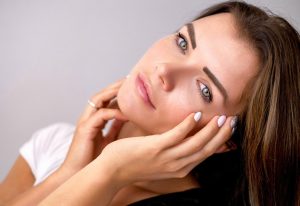
Symptoms exposed by pinprick red dots on skin not itchy pictures
If you google pinprick red dots on skin not itchy pictures, you will find some samples to verify if you face the same condition on not.
The appearance of petechiae is only an indication of the pinprick red dots not being itchy. But, as this is an indication of the conditions, the person might face the experience of various symptoms. The symptoms are:
- Unusual heavy periods for women
- Nosebleeding
- Bleeding gums
- Joint hemorrhage
- Blood clotted gets collected under the skin
- Bruising or bleeding easily.
Causes of cherry angioma pinprick red dots on skin not itchy
The petechiae are mainly formed as the tiny blood vessels, known as capillaries, break open. When the vessels break, the blood leaks into the skin. The reactions and infections from the medications are the two most common causes of pinprick red dots on skin not itchy.
Some conditions which might cause the petechiae:-
Cytomegalovirus
The Cytomegalovirus of CMV is an illness that is caused by a virus. The symptoms might include muscle aches, sore throat, fever, fatigue.
Endocarditis
This is an infection that appears in the inner lining of the heart. It includes the symptoms such as pale skin, cough, breathing shortness, achy muscles and joints, fatigue, chills, and fever.
Hantavirus syndrome
This is a viral infection that causes breathing problems and flu symptoms. The symptoms might include muscle aches, fever, and fatigue.
Injuries
It is damage to the skin, like blunt force, hiring orbiting might cause petechiae. The friction against the skin by carrying a heavy backpack or bag or any tight clothing strap might lead to petechiae. The sunburn can also form petechiae.
Leukemia
This is a type of cancer of the bone marrow. The symptoms include night sweats, nosebleeds, bruising, bleeding, swollen glands, weight loss, fatigue, chills, and fever.
Meningococcemia
A bacterial infection of the respiratory tract can also cause petechiae. The symptoms might include nausea, muscle pain, headache, and fever.
Mononucleosis
Mono is a viral infection that transmits through bodily fluids and saliva. The symptoms include headache, swollen tonsils, swollen nodes, fever, sore throat, and extreme fatigue.
RMSF
This is the bacterial infection that transmits from the ticks. The symptoms include vomiting, nausea, muscle aches, severe headaches, chills, and high fever.
Scarlet fever
This is a bacterial infection that can develop in people after having strep throat. It can cause also pinprick red dots on skin not itchy. The symptoms include sore throat, fever, red tongue, face flushing, red lines, and rashes.
Scurvy
The scurvy is formed due to minor vitamin C in the diet. The symptoms include bruising, breath shortness, joint pain, swollen gums, and fatigue.
Sepsis
This is a blood infection that can be life-threatening. The symptoms include trouble breathing, a high heart rate, and a high fever.
Straining
The activities can cause the person to strain the blood vessels in the chest, neck, and face. It can be caused by giving birth, lifting weights, vomiting, coughing, and crying.
Strep throat
Strep throat is a bacterial infection that can cause a sore throat. The symptoms might include body aches, vomiting, nausea, headache, fever, swollen glands, and swollen tonsils.
Thrombocytopenia
It is the condition on which the person has very few platelets. Platelets are the blood cells that help the blood clots. The symptoms include yellow eyes and skin, fatigue, blood in the stool or urine, bleeding from the nose or gums, and bruises.
Vasculitis
Vasculitis can be formed by the scarring, narrowing, and swelling of blood vessels. The symptoms include nerve problems, night swears, pains and aches, weight loss, fatigue, headache, and fever.
Viral fevers
The infections like Yellow Fever, Ebola, and dengue are viral fevers. These types of conditions even make it harder for the blood to get clots. The symptoms include weakness, bleeding in the skin, aches, dizziness, fatigue, and high fever.
The same types of drugs also form the petechiae.
When to see a doctor?
The doctor must always look at the petechiae because it might be an indication of a severe condition. The doctor will have to assess the possible causes and symptoms to determine whether the symptoms are severe or mild.
This is a good idea for checking the spots regularly and making notes of the changes. If the petechiae numbers tend to increase continuously, then the bleeding disorder might be a cause. Other symptoms might occur alongside petechiae. These indicators can be life-threatening and severe conditions. These are:
- High Fever
- Confusion
- Severe headache
- Extreme bleeding
- Consciousness loss
If any symptoms arise with the appearance of the pinprick red dots on skin not itchy, then the person must seek immediate medical assistance.
Are there any complications?
The petechiae do Kiya cause aby complications and will not leave any scars. But some exceptional conditions might cause the complications like:-
- Damage to lungs, hearts, spleen, liver, kidneys, or any other organs.
- Infections in various parts of the body.
- Heart problems
Is treatment important?
You must seek the doctor’s diagnosis for pinprick red dots on skin not itchy to get treated for the conditions that might cause the symptoms. The doctor might recommend the treatment plans for the situation or advise you to check the red dots regularly because they might disappear automatically.
Ignoring the cause of petechiae might get more severe if any underlying health conditions are included. Therefore, you must check with your doctor about this disease.
Options for treatment
If any viral or bacterial infection causes petechiae, then the skin must clear once the disease gets cured. Likewise, if any medication has caused petechiae, the symptoms must go away after stopping the medicines.
You will also have to check out the spots more often to see whether they change or not. If the spots get increased, then you might get a bleeding disorder.
Before going to treatment, the doctor will first identify the problem and the reason behind the petechiae and their symptoms. Then, the doctor might prescribe any medicines for treating the spots.
- Antibiotics for treating the bacterial infection
- The corticosteroids for bringing down the inflammation
- The medications which will suppress the immune system like cyclophosphamide, azathioprine, or methotrexate
- Radiation, biologic therapy, or chemotherapy for treating cancer
You can even try out these remedies at home for relieving the symptoms:
- Take OTC pain relief medicines such as acetaminophen or ibuprofen
- Rest
- Drinks more fluid for preventing dehydration
Few treatments for the primary conditions that are associated with the petechiae includes:
Meningitis
This treatment will depend upon the infection type. You might be prescribed a prolonged rest or antibiotics and increased fluids for fighting infection and building up more strength.
Thrombocytopenic purpura
In this condition, it clears up on its own after five to six months. The adults will need treatment for this.
Henoch-Schonlein purpura
The doctor will first determine the reason behind this condition. It might resolve this on their own. The treatment might include taking steroids or antibiotics, using non-steroidal anti-inflammatories, avoiding allergic triggers, and getting dialysis.
Deficiency of Vitamin K
Most children get a shot of Vitamin K at birth to prevent deficiency. Therefore, you must make sure that you include enough Vitamin K in the diet to prevent deficiency.
Ways for preventing petechiae
For preventing the petechiae, you will have to avoid such conditions which might cause them. You cannot prevent every possible cause of the petechiae. If you have a reaction to the drug in the past, let your doctor know about it. The doctors will recommend that you must avoid that drug shortly.
For preventing infections that might cause petechiae:-
- Wash the hands more often with water and soap or use an alcohol-based sanitizer
- Use protection during sex
- Stay away from the people who are sick
- Do not share any personal items, utensils, or glasses
- Clean the joint surfaces and countertops
- Apply the insect repellent cream that contains DEET before going to the grassy or wooded areas. Wear long pants and shirts. Tuck your pants into the socks. Make your that your entire body is covered when you come back to your home
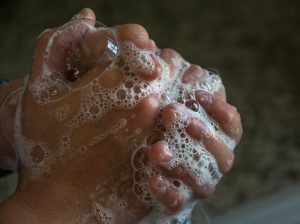
Medication
The doctors might prescribe:
- Cancer treatments such as radiation, biological therapy, chemotherapy.
- Cyclophosphamide, methotrexate or azathioprine for suppressing the immune systemCorticosteroid
- Antibiotics
If the petechiae appearance does not result in the underlying conditions, you must drink a lot of fluids, take painkillers, rest. It might help a lot to treat petechiae.
Is Petechiae a rash?
The petechiae might look like the rash, but they are different. The pinprick red dots on skin not itchy are formed by the break of capillaries of blood vessels under a person’s skin. Therefore, they are not painful or itchy.
If you press the petechiae, then they will stay brown, red, or purple. But if you press the rash, then it will get turn lighter or pale.
Where does Petechiae happen?
The petechiae might appear on many areas of the body like:
- Stomach
- Mouth
- Legs
- Inside of eyelids
- Butt
- Arms
How much does Petechiae last?
The petechiae last for a variable time that depends upon the underlying severity and cause of the condition. In most cases, the petechiae can resolve on their own in a few days or weeks. But in severe cases, it happens due to pathological conditions. In such cases, the petechiae spread and persist quickly over the entire body until you address it.
Important facts about petechiae
The petechiae are the non-balancing purple or red dots on the skins, which measures less than two millimeters in diameter. It occurs due to slight bleeding from the blood vessels under a person’s mucus or skin membranes.
The petechiae can happen by various underlying conditions that include certain blood disorders, infections, traumatic injuries, and specific medications.
The petechiae diagnosis begins with thorough physical examinations and medical history. Few cases of petechiae might also require more diagnosis assessment like blood vessels like imaging techniques, microbiological cultures, or blood tests.
The treatment aims for resolving underlying causes, which might vary from te observation to intensive therapy.
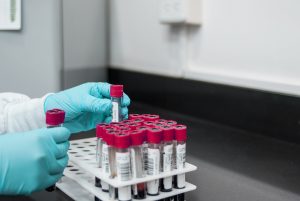
Final thoughts
There are several reasons by which petechiae can happen. First, you must talk to the doctor about your symptoms. The doctor will first determine the cause. For example, various health conditions like minor conditions might cause pinprick red dots on skin not itchy. That’s why it is much more important to seek medical care if the symptoms or increase in numbers can accompany the petechiae.

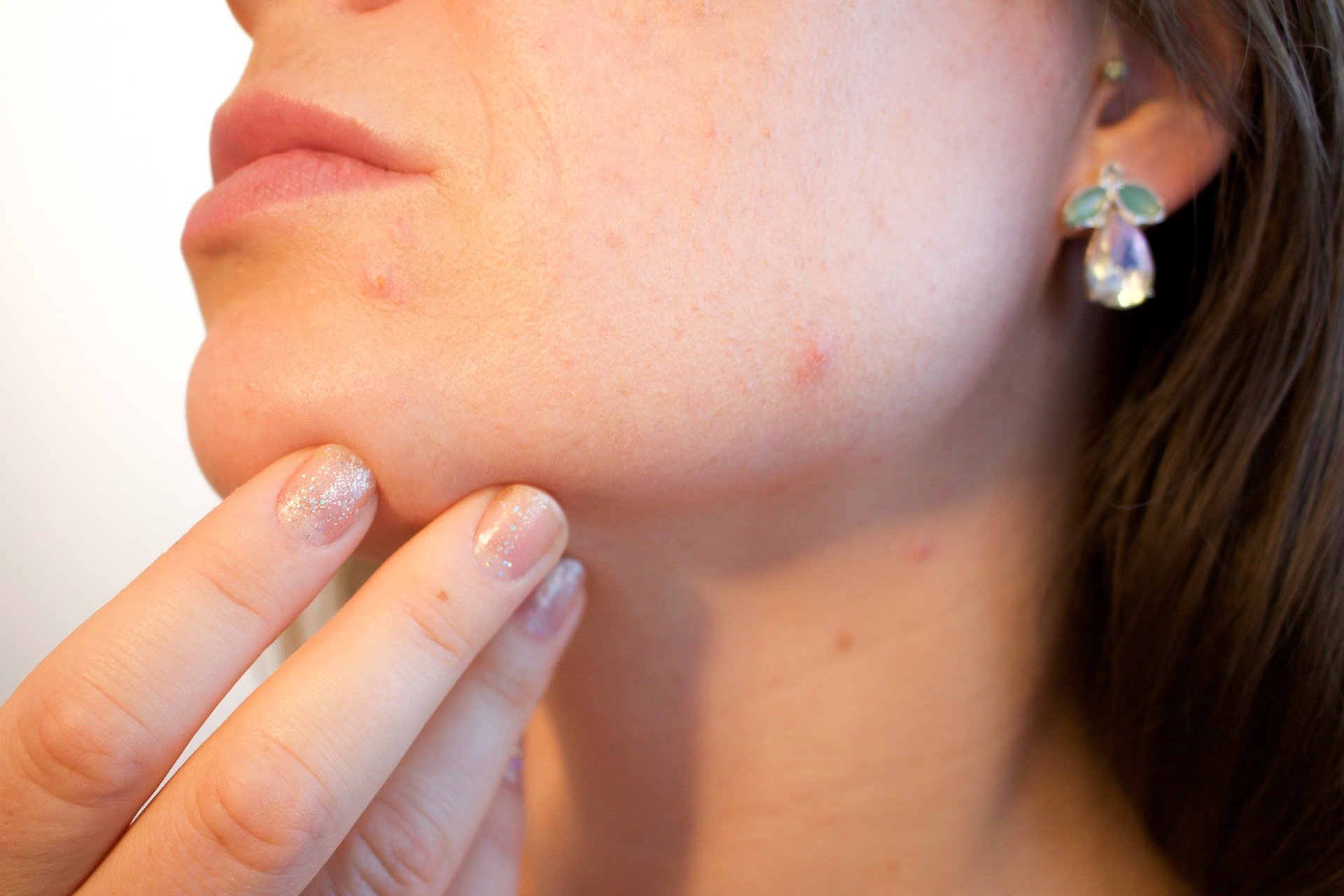
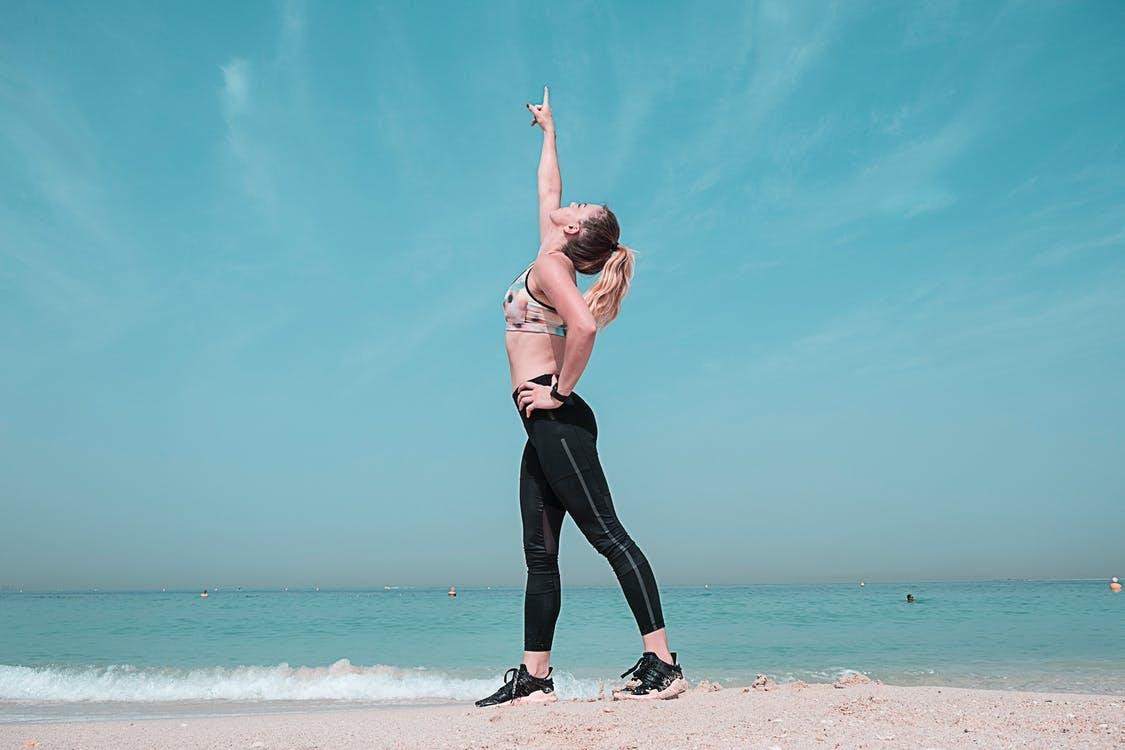
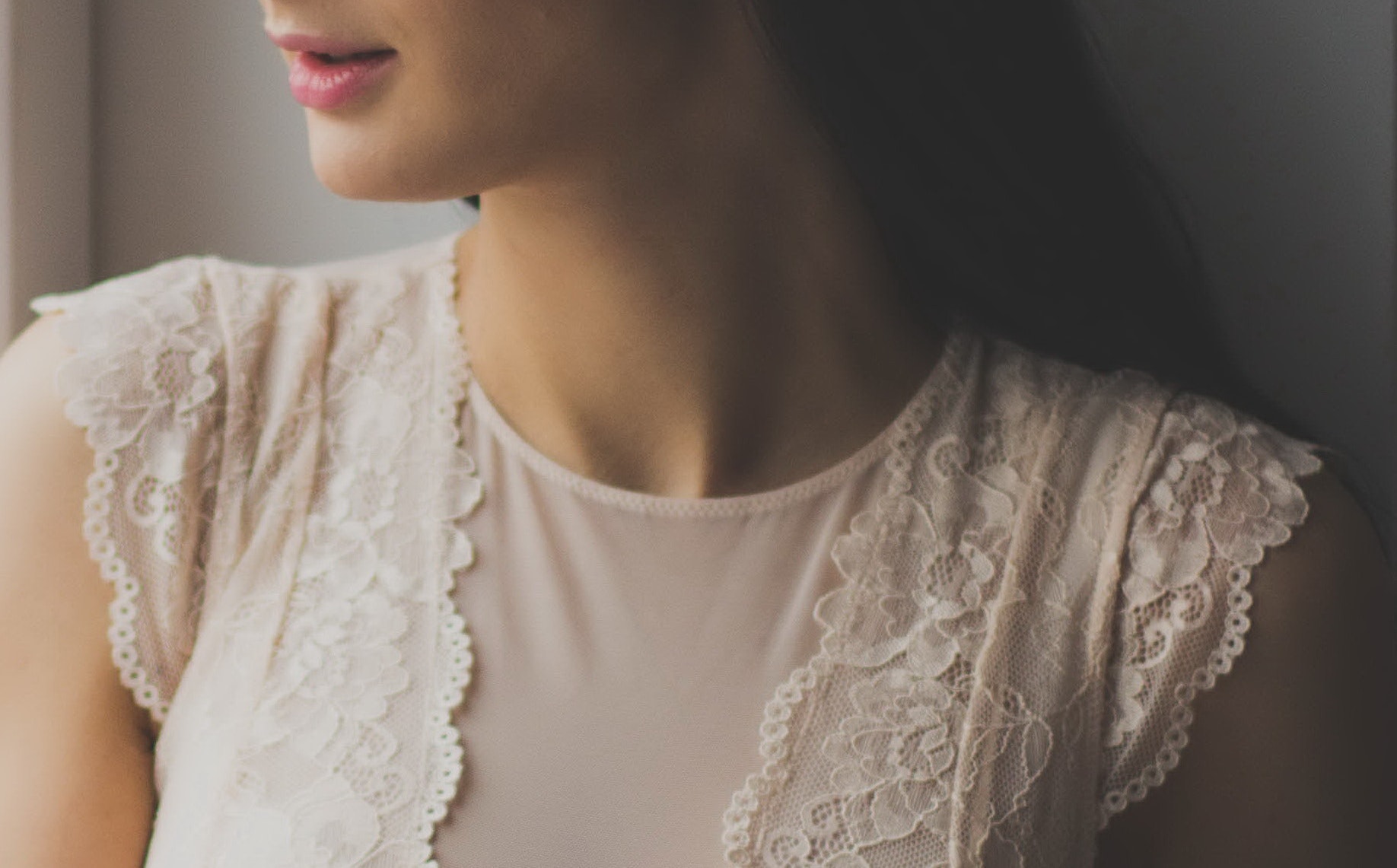
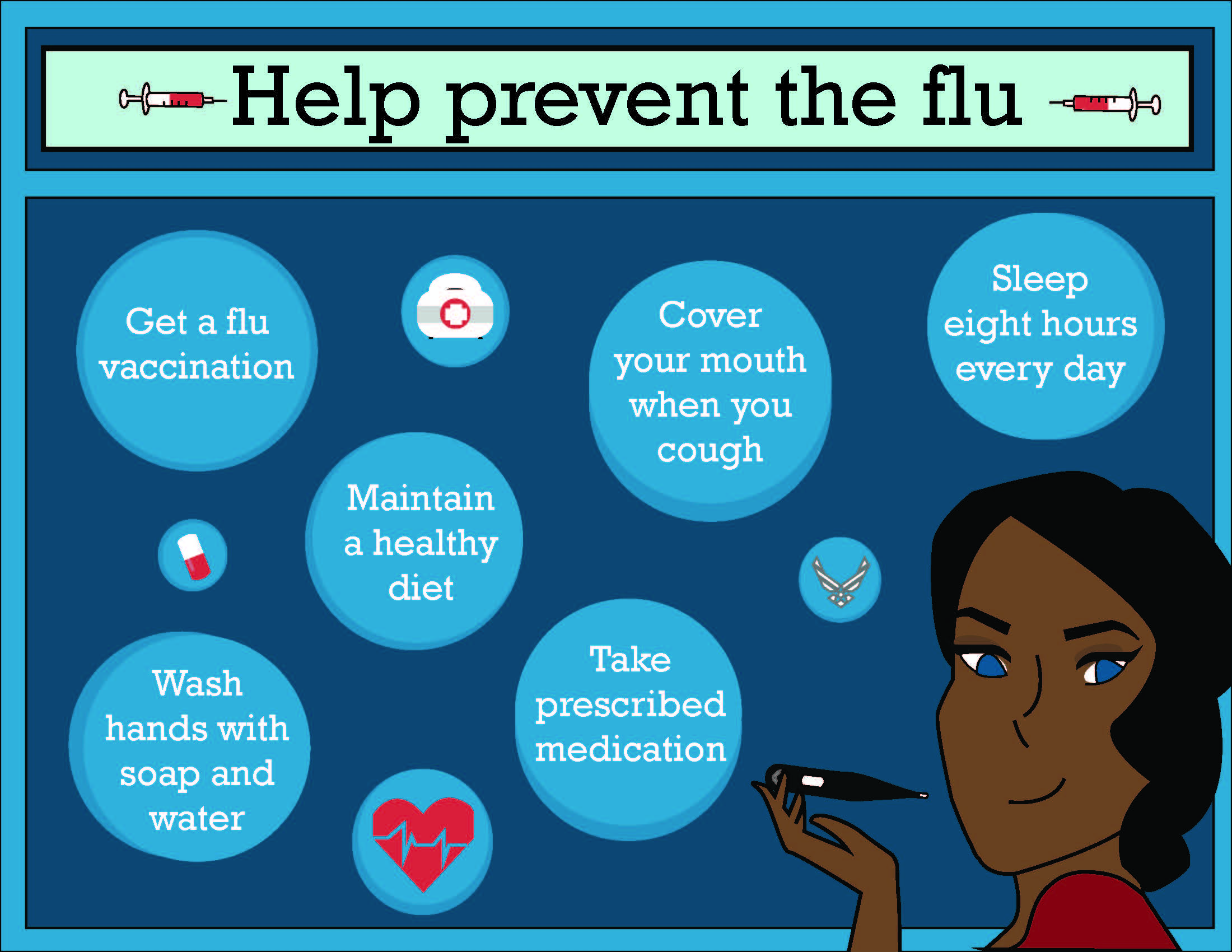
For the treatment of skin problems, there are many ways available. We should try those methods that can help us recover ourselves to our natural form and don’t cost any skin side effects. We can try Ivermectin for these solutions. Ivermectin fights infections by destroying the larvae and adult worms that cause them. It is generally harmless, although it can induce headaches, dizziness, nausea, and diarrhea in some people. In rare situations, it can also cause more significant adverse effects, including seizures or allergic reactions. If any of these side effects occur, you should stop taking Ivermectin and seek medical attention.